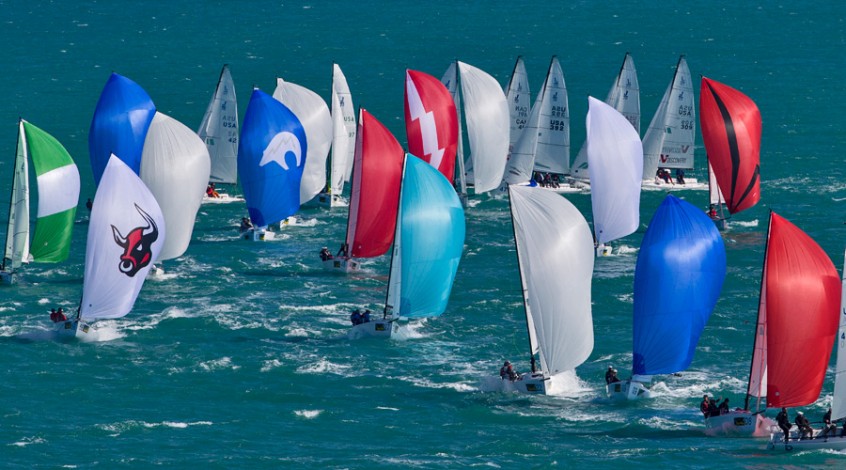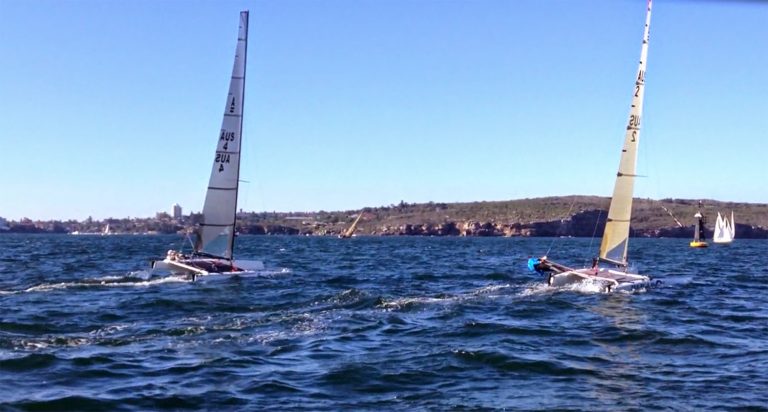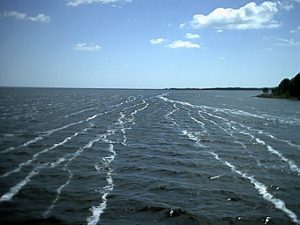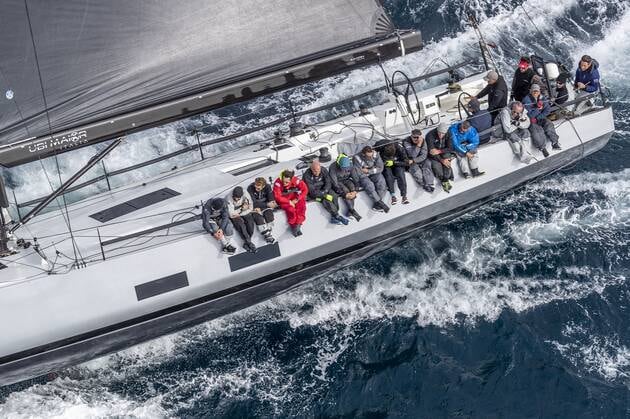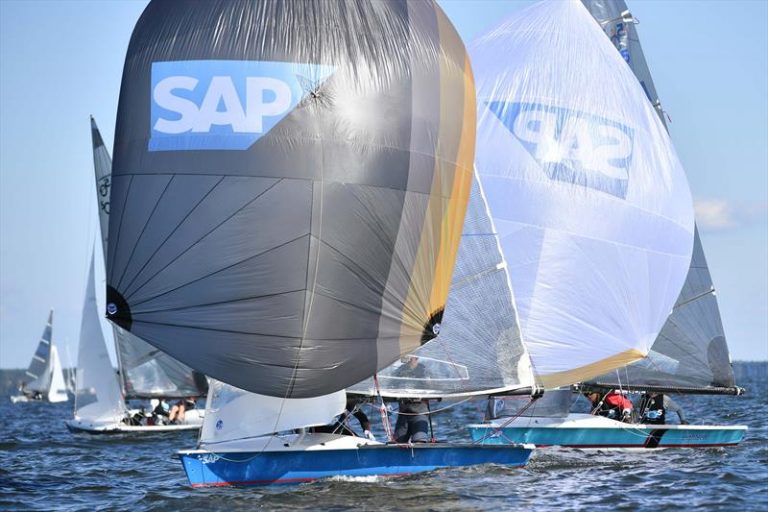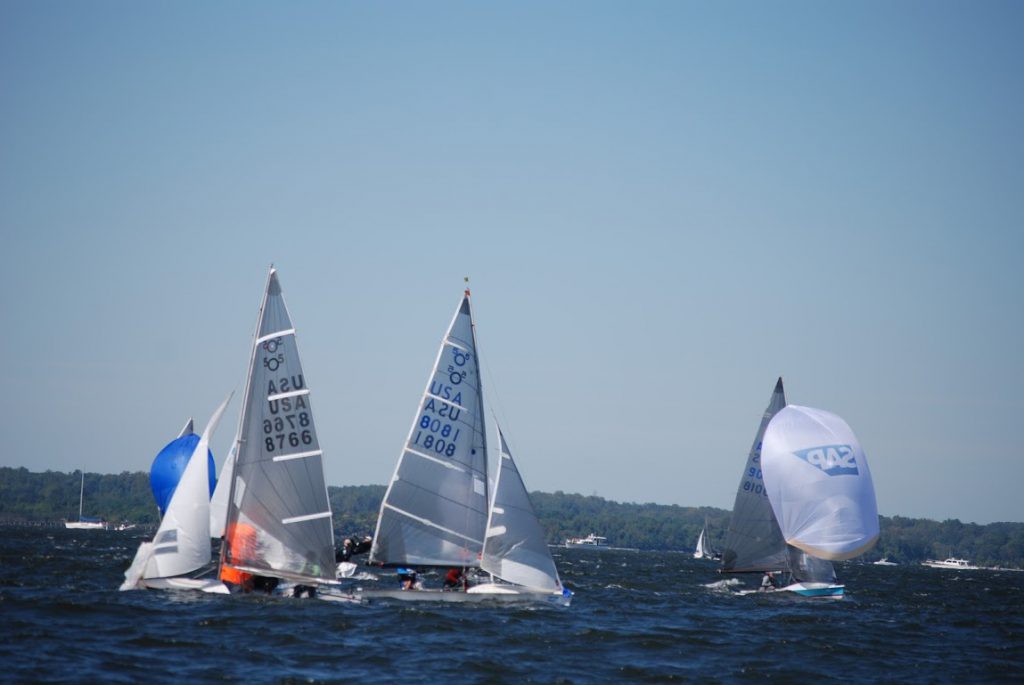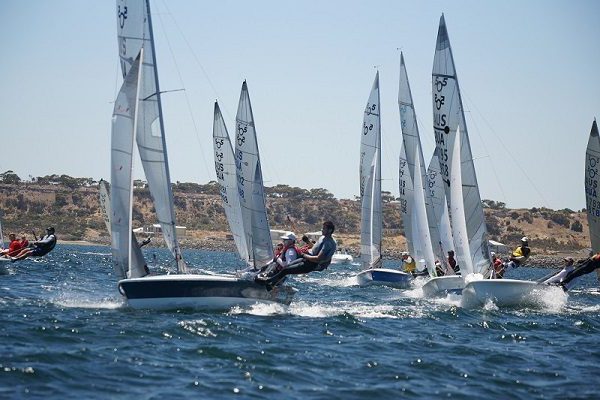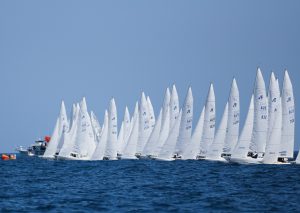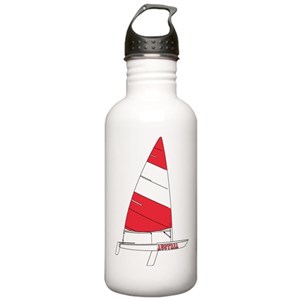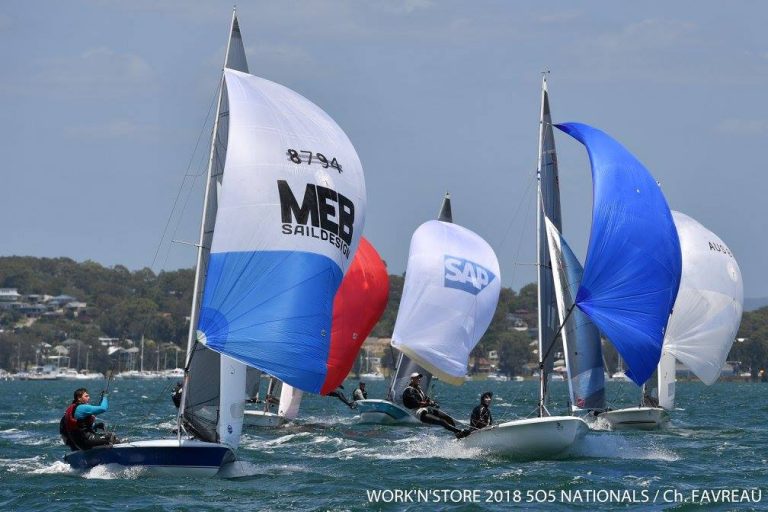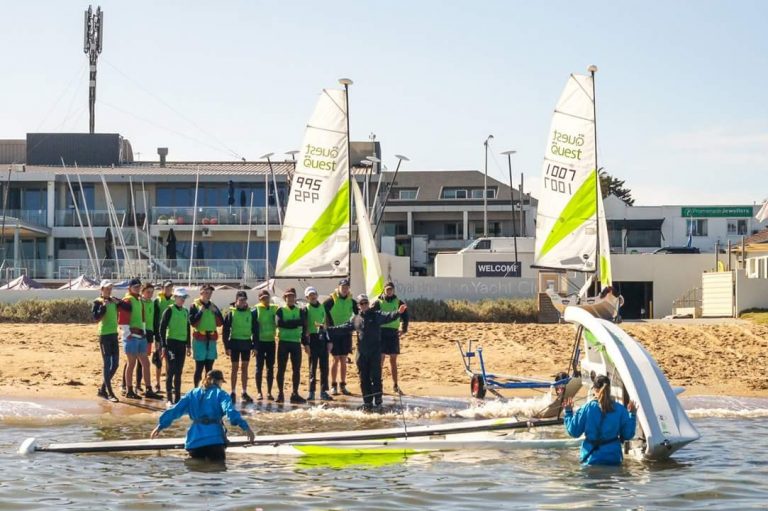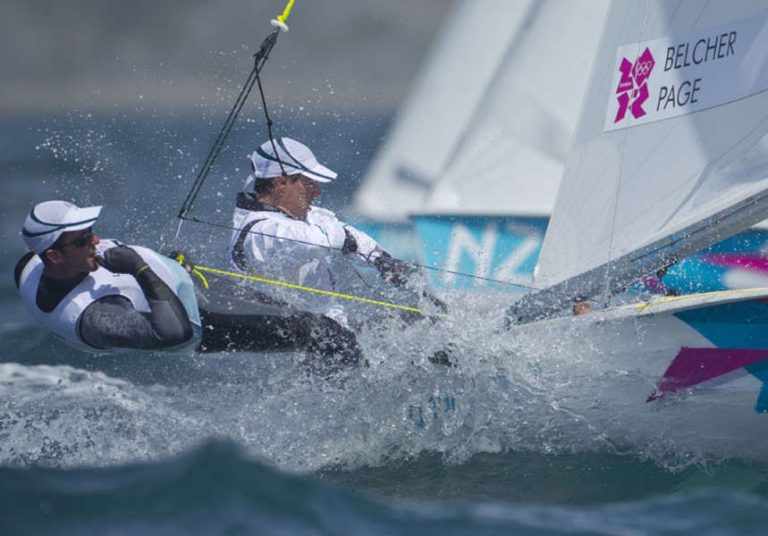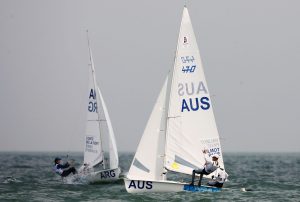
Take Your Sailing to the Next Level. If you want to improve your results and strive to get to the next level you need to dedicate many hours to the sport, even if you can’t sail every day, making a commitment to sailing as often as possible and in as many conditions as possible is the key.
Play to your strengths and improve on your weaknesses.
It is important to know yourself, are you introverted or extroverted? Understanding your personality type will help you determine which people you will have a good rapport with and this is necessary to create effective communication on the boat.
It’s helpful to know that people recharge differently, so allow those who need an hour to themselves post-race to have it.
Find out What you Love outside Sailing
Finding common interests will connect you to other like-minded sailors in the sport and provide you with a healthy outlet from the constant grind of racing.
Maybe its playing another sport, fitness training at the gym or a game or two at the snooker table. Give back to the sport by assisting with junior training and coaching.
Getting involved with a club working bee helps you to connect with other members.
Observe how Pro Sailors Behave: Take Your Sailing to the Next Level
The more you observe how the pros conduct themselves and operate, the more you will understand how to be part of the smaller team within the larger team if you are sailing on a multi-crewed boat.
Slowly gain trust by asking questions and being accountable, the key here is to ask, never tell!
Your observations of teamwork on the boat and how systems can be improved could save the day but as per the previous sentence, the way the information is passed on is just as important as the information itself.
Be careful not to become negative:
It can be hard, but don’t let your emotions get in the way, know how to react in tense moments or when things go wrong, add some humour into the program – it will go a long way.
It isn’t worth holding a grudge or badmouthing anyone in the sport, the more you overcome a bad race or regatta with good humour the more people will want to make you part of their team or circle.
Develop a wide range of skills:
Try to work in as many positions on the boat as you are able. Don’t leave out maintenance, navigation and even a stint on the bow. By doing this you never stop learning but above all you become a much more valuable member of the team.
Pull your weight physically: Take Your Sailing to the Next Level
Good nutrition, hydration and regular stretching are great investments not to mention exercise.
Speak to a trainer who understands our sport, explain what you do on the boat and get them to design a sailing-specific set of exercises with durations that will match up with the bursts or sustained energy that you need in a typical event.
Concentrate on balance and strength.
Whilst on the subject of health, don’t neglect your skin and live by Slip Slop Slap. We are seeing more and more sailors with skin cancers. It’s worth noting that sun and saltwater age sailors quickly. Attention to covering up will pay dividends in later life.
Develop a Support Network:
It is great to have fellow sailors who you can vent with and discuss aspects of your sailing.
It’s helpful to speak with someone who has experienced what you have and when you are in a race. Whether it be a short round the cans event or a longer passage event. Remembering back to those conversations will help you push through.
Have someone on the boat who can back you up. Them telling the team you know what you are doing can be helpful in building trust.
Make Notes:
When you return to a specific sailing venue you will realise how important it is to keep a sailing record. Find a system that works for you and keep specific notes for boats sailed and venues raced.
Keep track of specific boat setups for conditions that day and any discoveries you or the team made.
The next time you return to that venue or boat, you will have an easy refresh before practice. You can quickly appraise any new teammates of what to expect.
Karma:
Buy a beer for someone or go out of your way to help someone, at clubs, sail lofts and boatyards. Simple acts of kindness open the door to making friends in the sport and industry.
Sometimes the favour is returned in a cross on the race course or with sail setup, advice on maintenance issues down to borrowing tools, spare sheets or fittings.
Sometimes it’s returned as an invitation to sail a Wednesday night social race or can lead to racing a bigger regatta or event at some time in the future.
Make your commitment to the sport known and don’t be afraid to follow up.
If you have a positive work ethic when the going gets tough and the willingness to own up to your mistakes, you will get called.

